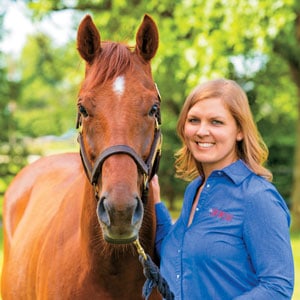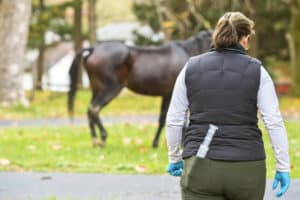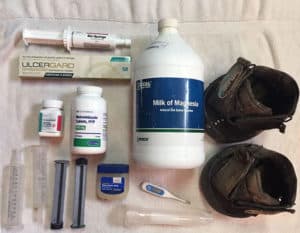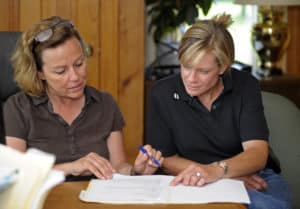On Springtime Setbacks
- Topics: Horse Sense (and Sensibility)
As a horse owner living in Central Kentucky, I recognize I am fortunate. It’s a 7-mile drive to the Kentucky Horse Park from my house (I can even get there via dedicated bicycle lanes and paths in 9!), and there are world-class veterinarians based five minutes from the farm where I board. There are horse trial venues and places to cross-country school all overÑit’s an eventer’s heaven. I also board at a barn with a lovely indoor arena, so I can keep training through the winter. The farm has even hosted a winter jumping schooling show series, so I haven’t had to leave the farm to compete.
My drive to the barn is one of the prettiest ones in this region, lined with stone fences and cupola-topped barns.
I say all this not as any sort of brag. I say it to remind myself to feel gratitude when I’m tempted to throw up my hands about my current horse-related frustrations. It gives me perspective.
And I’ve been reminding myself about all these blessings a lot this week
Create a free account with TheHorse.com to view this content.
TheHorse.com is home to thousands of free articles about horse health care. In order to access some of our exclusive free content, you must be signed into TheHorse.com.
Start your free account today!
Already have an account?
and continue reading.

Written by:
Stephanie L. Church, Editorial Director
Related Articles
Stay on top of the most recent Horse Health news with














